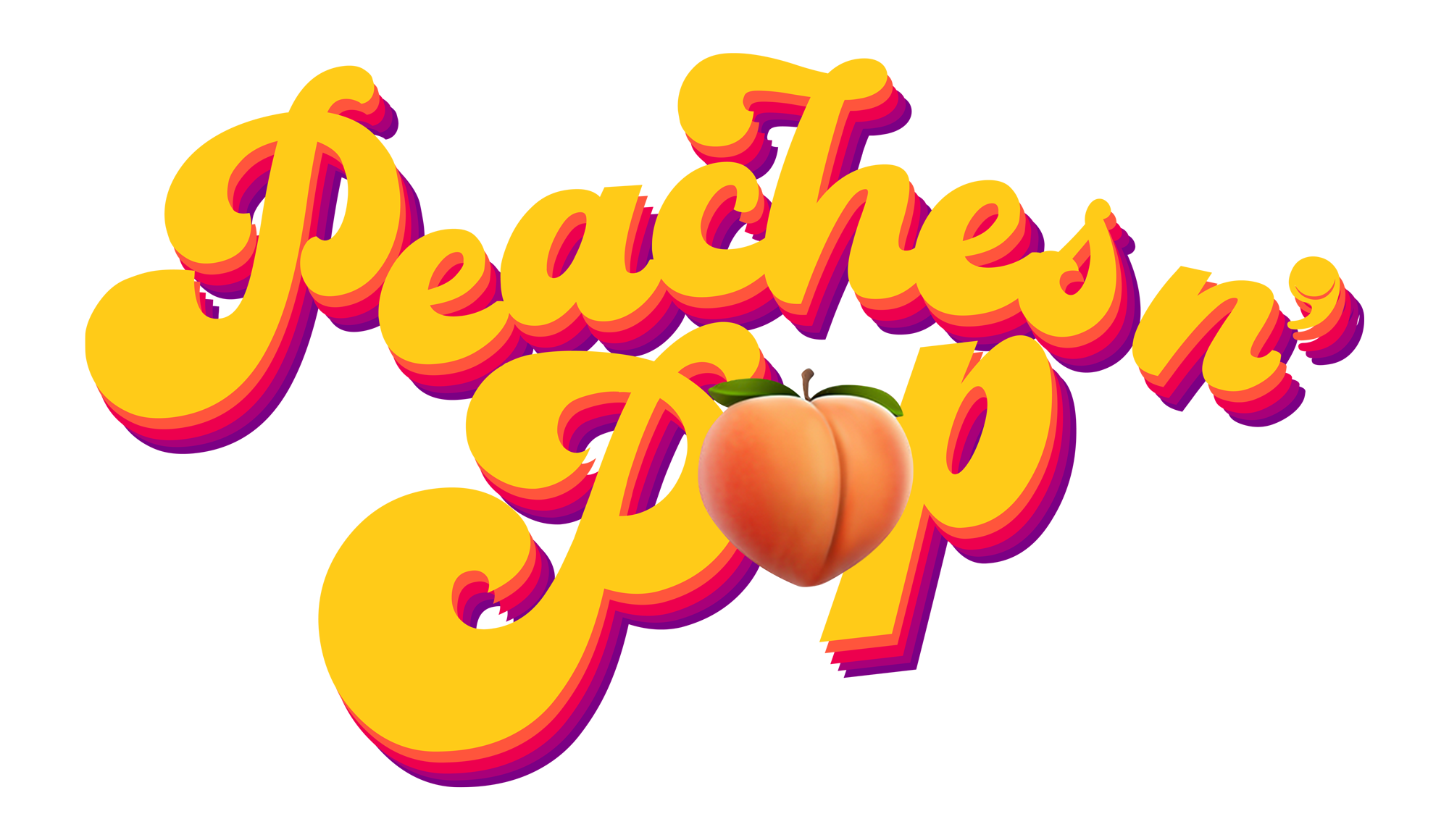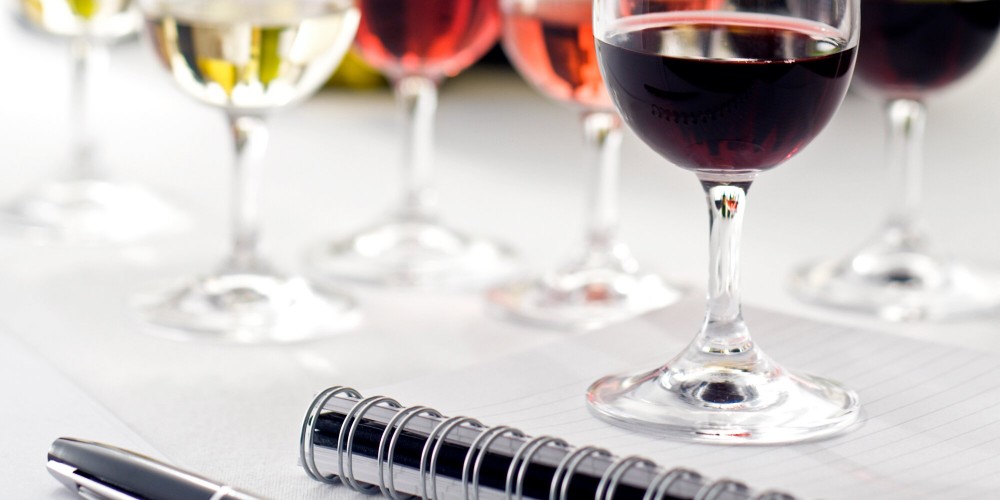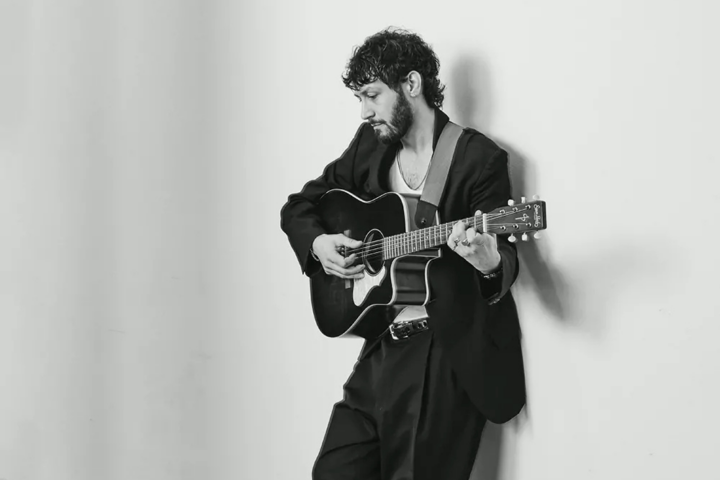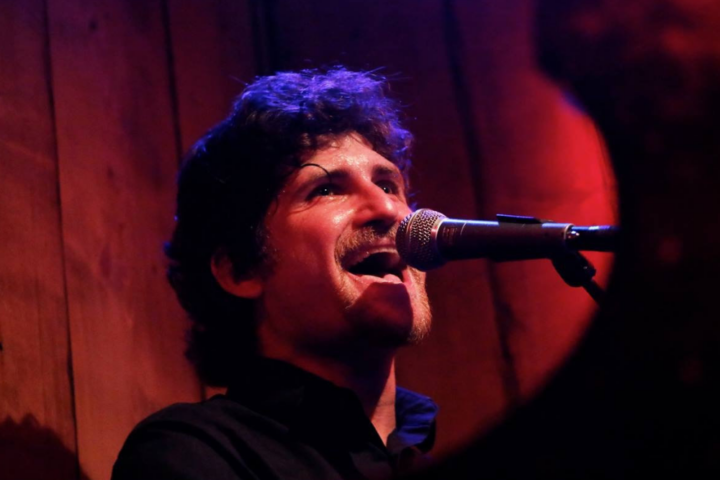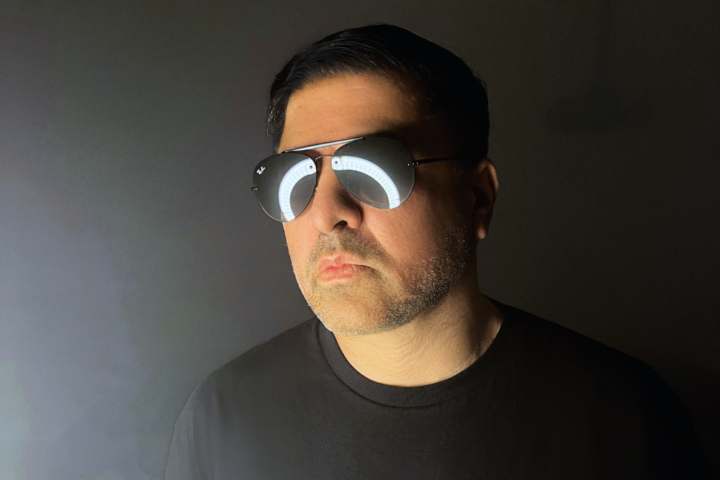My earliest experience with wine took place at an ice cream shop in the town surrounding Wellesley College, the kind of campus where you might get to live in a castle once occupied by Hillary Rodham Clinton or Madeleine Albright, or, like me, end up bunking on the ground floor of a converted barn with a booming termite population. Luckily, my non-termite roommate worked behind the counter of said scoop shop, and often brought home unfinished pints at the end of her shifts. The usual suspects like cookie dough, brownie batter, and mint chip went quickly, but I only had eyes for the Manischewitz soft serve, which was, quite literally, a frozen, sugared-up version of the kosher staple. I loved its bold, bitter, vaguely brambly taste, not to mention the purple stain it left on my lips and fingers. And, you know, I was 19. It was alcoholic.
I didn't grow up in a dry household per se, but I'd certainly call it dry-adjacent as my parents opened a bottle of wine maybe twice a year, or split a beer between them on rare summer occasions. At school, I dutifully made my way through the Charles Shaws and the Barefoots and the Yellowtails, growing to associate white wine with an astringent, lemony vanilla flavor, while red wine just seemed big. Rosé typically came from a cardboard box.
RELATED: The Cleanwashing of Wine
When ordering wine any place that offered more specificity than "house red" and "house white" on its list, I panicked and immediately barreled into the safety of the one grape I had kind of sort of figured out that I liked: Pinot Noir. Not too expensive, not too alcoholic, and generally accessible, Pinot Noir was my disguise, and for years, it graciously saved me from doing one of the things I hate most, which is admitting I have no idea what I'm doing.
And then, 2020 happened. I found myself stuck indoors with a well-stocked bar cart and no restaurants to loiter at, so I did what any Wellesley alumna who fears being alone with her thoughts for an extended period of time would do: I went back to school. An online course in the Wine and Spirits Education Trust's level two certification in wines, to be exact.
RELATED: The Essence of Pinot Noir
It was a fairly straightforward journey through the major wine regions of France, Germany, Chile, and the like—so straightforward, in fact, that it emboldened me to enroll in level three, the "advanced" certification in wines, a few months later.
You know how sometimes, you'll drizzle hot sauce on your tacos, and go, "Well, this is fine," and pour more on? That's kind of what going from level two to level three of the WSET is like. There's a ton of material not just on grapes you've probably never heard of (or at least I hadn't), like Teroldego and Viura and Grechetto, but also chapters upon chapters of everything that should or could happen to those grapes, from basket-trained vines to cold pressing to carbonic maceration.
Needless to say, when the WSET asked me, "That spicy enough for you?!?" I nodded, vigorously, and chugged a bunch of water.
After chugging, I realized there was no way I was going to be able to retain all of this information through flashcards and brute memorization tactics. I needed a set of rules that could help me fake it until I made it when presented with an essay question like, "Describe how a Pinot Grigio from Alto Adige differs from one from Friuli." My toolkit contained rules about climate, altitude and aspect of vineyards, soil types, proximity to bodies of water, and average rain levels. Sure, that meant remembering that Alto Adige is in Northern Italy––getting intimate with maps came in handy, here––but once I could recall that bit of information, I could make reasonable assumptions about what a vineyard in that part of the country would experience––cool weather, higher altitude, dry climate––and how those experiences would translate into the grapes in the form of higher acidity, lighter body, and lower alcohol levels.
But maybe you don't have the money or time to enroll in the WSET. Or, maybe you don't equate studying and school with emotional and mental security, the way I do. (Good for you! Teach me.) In that case, here are a few things I've found useful in what I consider a successful quest to shed my Pinot Noir-stained cloak of fear.
Please know that this is in no way even sort of an exhaustive guide to content worth consuming in the name of wine education, but is instead a little corner of the vino-verse I've carved out for myself that you may also choose to visit.
To read:
There are super-technical, encyclopedia-esque guides to wine, and then there are books that intentionally read like a conversation shared between friends at a bar. Some of the former can be overwhelmingly detailed, whereas the latter risks missing the point in all that hip, fun, flowery prose. You can't go wrong with these nine books recommended by Executive Wine Editor Ray Isle, who has kindly answered all flavors of newbie wine questions I've asked him over the past year or so, but here are my two cents.
Wine Simple by Aldo Sohm
Also on Ray's list! Aside from being chock full of handy one line explainers like "Chablis = Chardonnay and Sangiovese = mostly Chianti," Aldo Sohm dispels commonly held myths about wine regions, grapes, and even glassware with the air of someone who knows what they're doing, but isn't too fussed about it. Plus, he calls out producers from each region by price point and accessibility, something I wish more books did.
Drink Progressively: From White to Red, Light- to Full-Bodied, A Bold New Way to Pair Wine with Food by Hadley and TJ Douglas
I'm biased because the Douglases own Urban Grape in Boston , one of my favorite wine shops, period, but that's partially because the store is, like this book, organized by body. It just makes sense! It makes you feel less dumb! It also photographs really well! Why isn't this more common?
Noble Rot, The Magazine
What do you get when you combine a restaurant and an independently published print magazine? A thing I absolutely won't be able to resist subscribing to, that's what. Come for the stunning graphic design, stay for the irreverent interviews. There's also a book coming out shortly, which I'm personally very excited about.
The Essential Wine Book by Zachary Sussman
Let me be honest and say that I gravitated towards this book because of its convenient size––it's perfect for tucking into your tote bag before you head to the wine shop, or for reading on a park bench while drinking a styrofoam cup of to-go wine made possible by the pandemic. As a bonus, it does an especially nice job of boiling down complicated only-wine-people-care arguments (they're a thing), and also presents tidy one-pager highlights of regions you're most likely to encounter in the wild.
Winery Dogs of Napa Valley by Andrea Jacoby
I came across this delightful book while using the facilities at Niche, Niche, a place I cannot wait to get back into once the vaccine has been injected into my veins. The entire bathroom, actually, is puppy themed, but this collection of happy dogs frolicking on some of Napa's most famed vineyards is worth leafing through even if you don't need to Go.
To scroll:
I've got deep, dark fantasies about deactivating my Instagram account, never to scroll again. Unfortunately, this app is really, really useful for my job. It's where I find out about a lot of the products that end up in Obsessions, chef pop-ups, and dishes to try. My saves folder is organized by topic, and the wine folder has gone through an exponential growth period over the past twelve months––a lot of them, as it so happens, come from Ray's #wtfdrinkthecellar hashtag. I also save bottles I've tried to a highlight folder aptly named #winespotting.
Kingston Wine Co (@kingstonwineco)
I love a good independent wine shop with a voice-y social media presence, and Kingston Wine Co., located in Kingston, New York, is a great example of why. They share photos of exciting new arrivals with tasting notes like, "A jovial partner by the sea or fire-side—we enjoyed a glass next to a plate of pan-fried tomatoes", and emphasize natural, organic, and biodynamic wines.
Rebel Rebel (@rebelrebelsomerville)
I won't get too emotional about how much I miss posting up at Rebel Rebel over a bottle of literally whatever they recommend to pair with a Hot Box pizza from across the street. Instead, I'll encourage you to sign up for their delightful Saturday Wine School online courses and to make a pilgrimage to the actual place as soon as possible.
Fresh Cut Garden Hose (@freshcutgardenhose)
When I'm feeling really blue, I scroll through Maryse Chevriere's delightful illustrations of "somm-speak". It helps, and I learn something almost every time.
Parcelle Wine (@parcellewine)
It seems like literally everyone has a wine club these days, but I've found Parcelle's monthly Wine Drop to be well worth the $95 fee. You get three bottles from producers all over the world, plus a delightful booklet with illustrations and backstories of how and why these bottles made their way into your home this month. If you're in New York City, there's also a brick and mortar location to enjoy some of their selections al fresco.
To notice:
At some point, I figured out that the wines I really enjoyed all had the same handful of logos and names on the back of the bottles. Importers––you know, the people who actually get wine onto the shelves at your local shop––often have a vision for the kinds of producers they like to partner with, which is why it's actually very helpful to pay attention to their broader portfolios. A few that I've learned a ton from:
Jenny & Francois Selections
J&F's roster reads like an MVP squad of popular natural wines. Think Gut Oggau, Wild Arc Farm, and Joe Swick. It's through them that I figured out how much I like funkier reds from the Czech Republic, and if I'm looking to go on the nattier side, that little purple grape cluster symbol is like the Citgo sign at the end of a long night out in Back Bay: a North Star.
Selection Massale
I found out about Selection Massale through Food & Wine 2019 Sommelier of the Year Haley Fortier, who runs two of my favorite wine bars, Haley.Henry and Nathalie. You might be familiar with La Boutanche, the producer's colorful, pop-art line that features pigs, skunks, bull dogs, and other creatures glugging from a bottle. Again, natural wines are the name of the game here, and I found Selection Massale to be a great way to try and get a handle for the wines of the Jura, which are, well, really weird. But, good weird.
Volker Wine Co,
Small but mighty, Claus Preisinger's Pustza Libre! was my gateway into Volker Wine Co.'s portfolio. This Zweigelt-St.Laurent blend (Pinot Noir vibes, surprise) from Austria is, I think, impossible to dislike. Well, I guess someone might not love it, but it's so easy to drink—the ultimate picnic wine. Volker works with a handful of other Austrian producers I'm just starting to get into.
Editor's note: The author passed her WSET level three exams and we're all so extremely proud of her.
